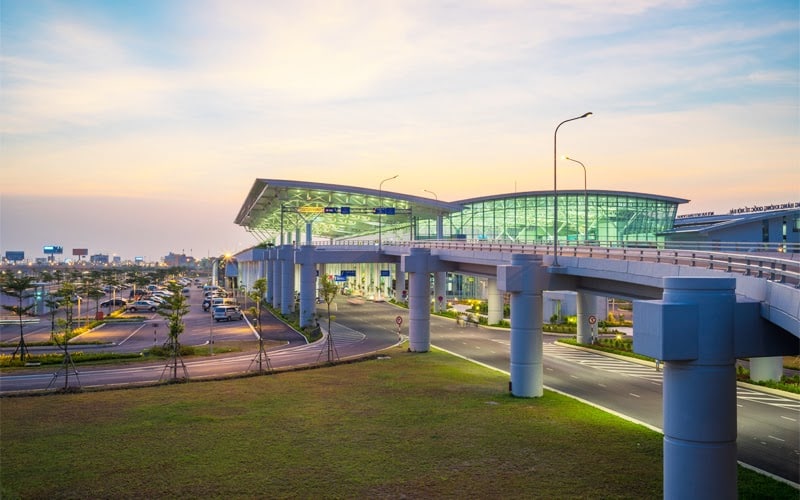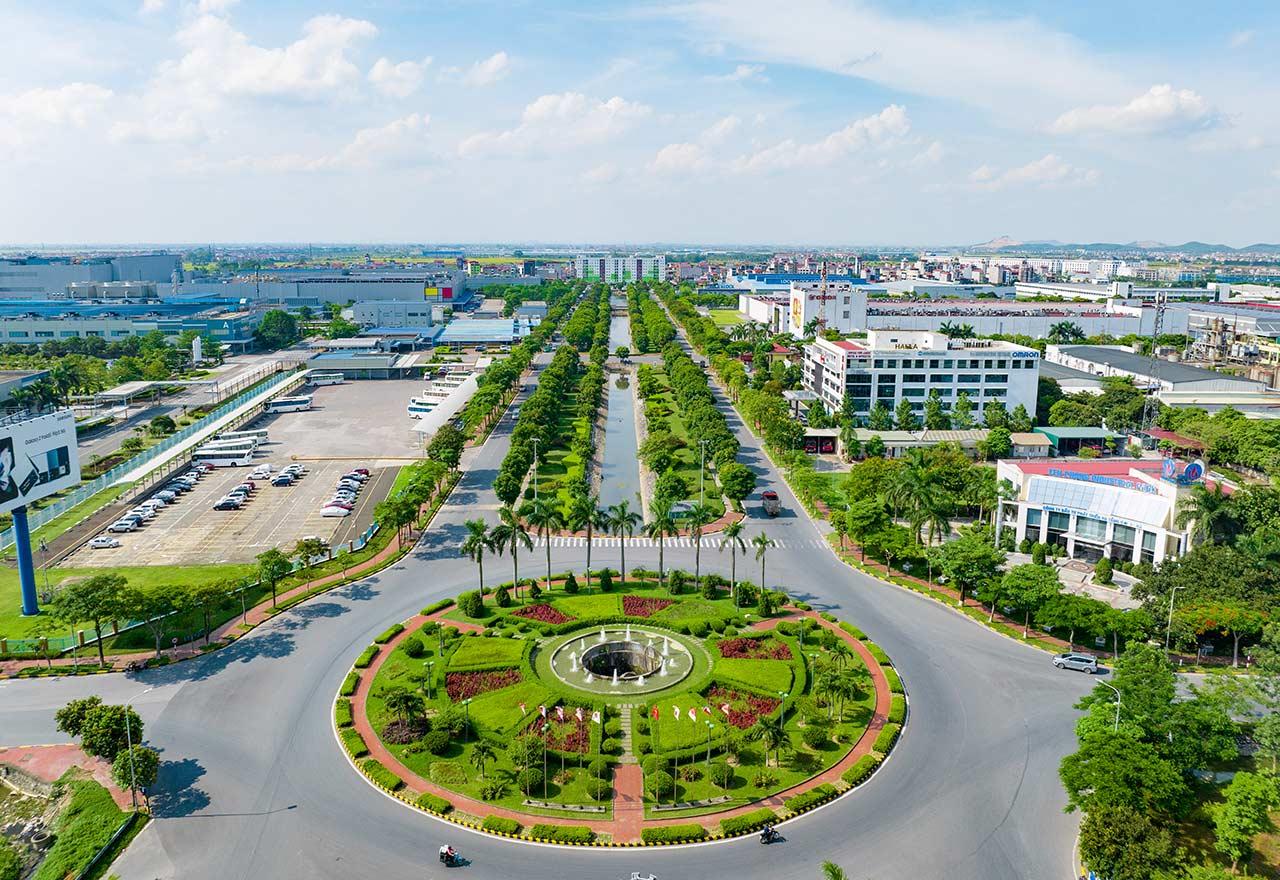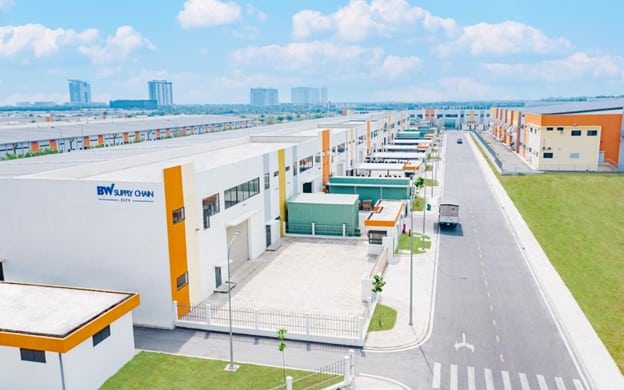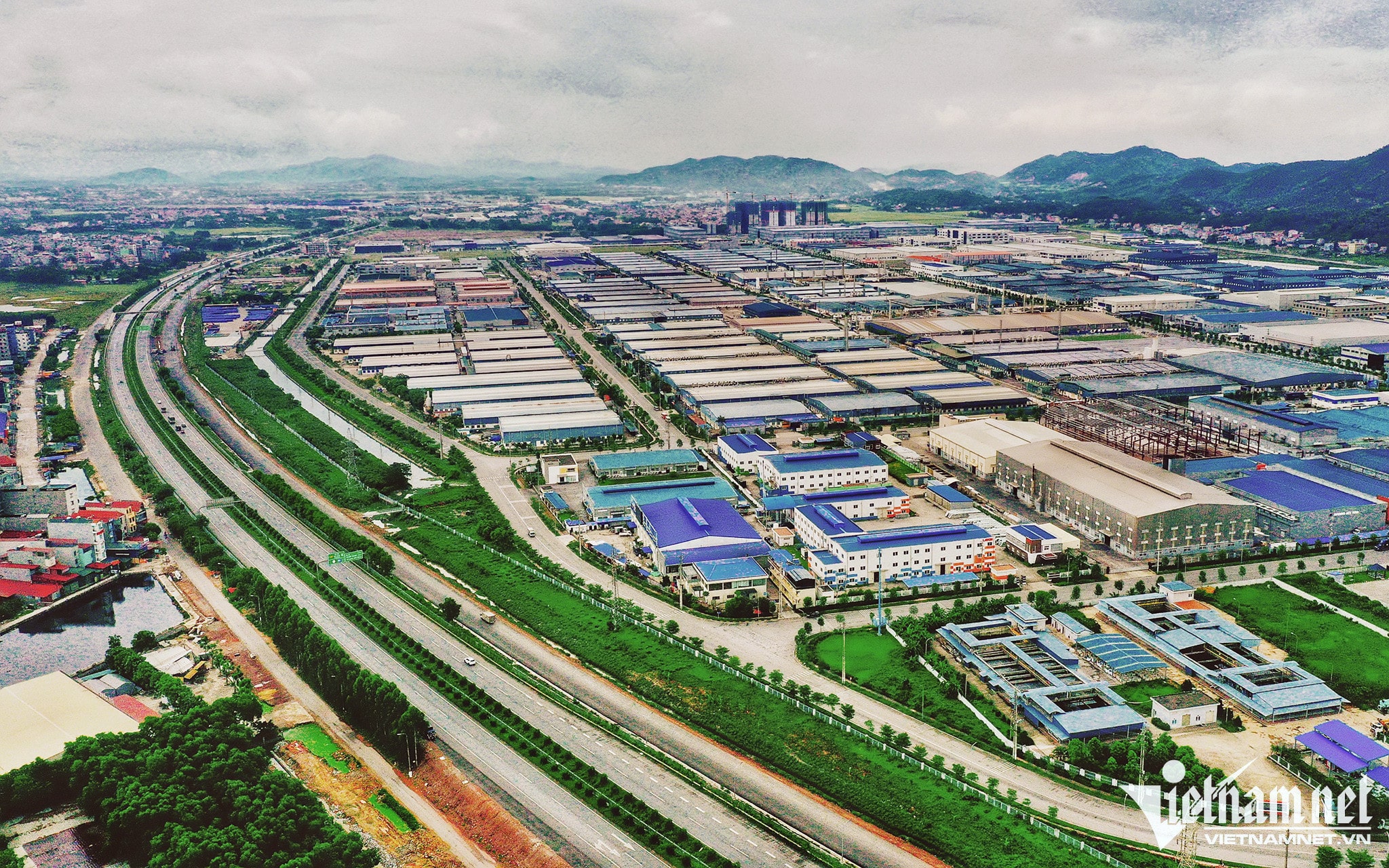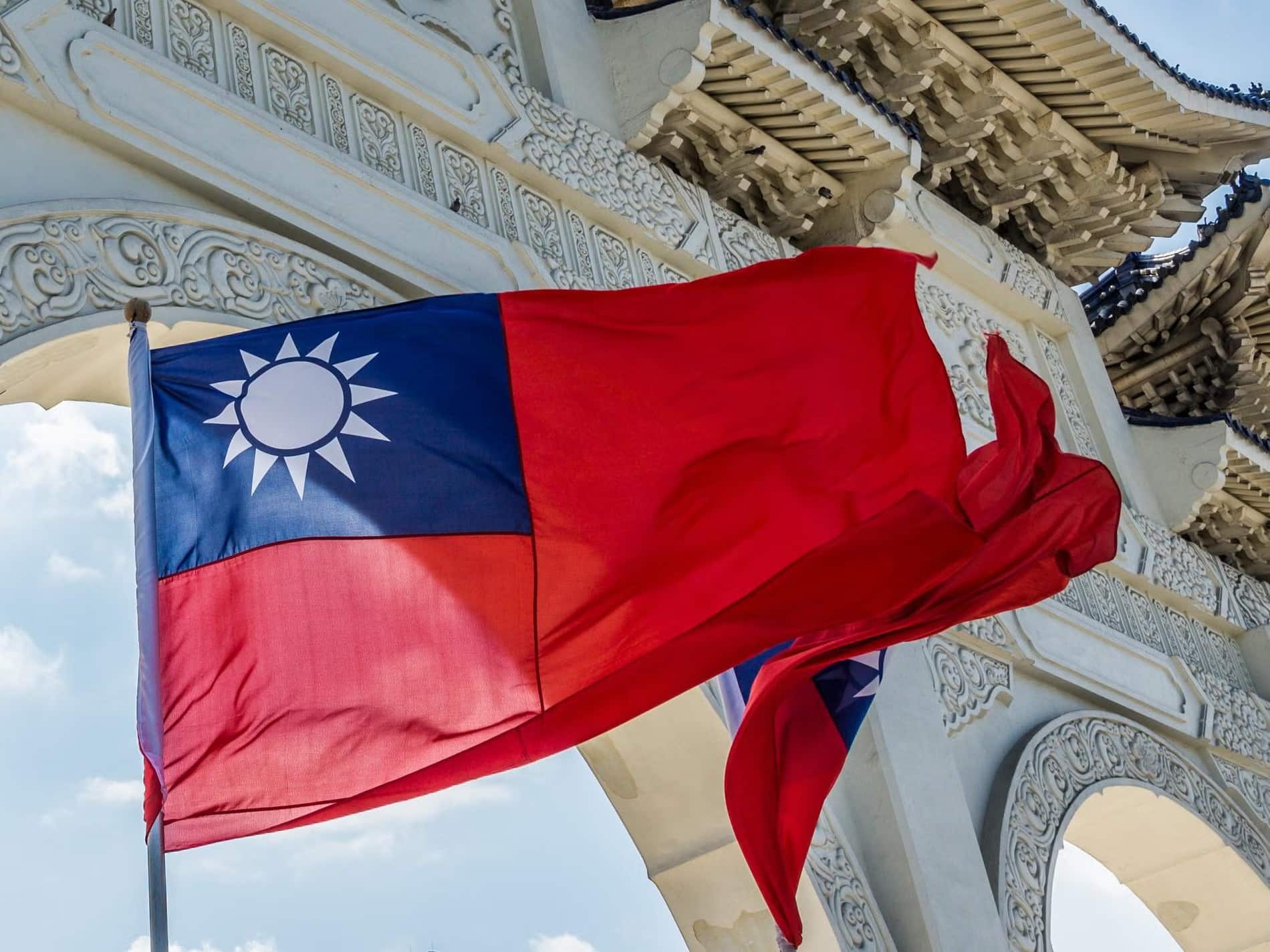2017 was a significant year for manufacturing, processing, and logistics. The country continued to attract FDI, surpassing previous performance. At the end of the year, registered FDI was $35.6 billion, up 44.4% from last year. Japan was the biggest investor by contributing $9.11 billion over the year. South Korea investing $8.49 billion and Singapore $5.30 billion were the next major contributors.
The industrial sector retained its prominence with $15.87 billion going directly into manufacturing and processing, accounting for 44.2% of total FDI. US$6.86 billion into new manufacturing and processing (M&P) projects and US$.27 billion into existing M&P projects.
Home to some of the major industrial players, the 16 coastal economic zones have a combined 815,000 ha of land and water area. By July 2017, the Ministry of Planning and Investment also recorded 315 industrial parks (IPs) with a total 94,900ha and average 51.5% occupancy. Two hundred and twenty IPs covering 60,900ha were in operation and the remainder were under construction. Operational IPs occupancy averaged 73%.
Market Shift
Steadily increasing foreign investment over 20 years is due to:
- Low labour costs
- A youth skewed working population
- Affordable investment costs (land and sea freight)
- Favourable corporate income tax rates
- Pro-active in trade agreements (e.g. CPTPP, AEC, FTA with EU, Korea, etc)
2017 has been remarkable for investment levels, but also for a slight change in the industrial sector. Once an attractive regional option associated with low cost and high volume manufacturing, the sector is slowly transitioning from low skilled and labor-intensive industries to higher value industries And this means the potential for manufacturing is far better than 5 to 10 years ago.
In ‘The Report: Vietnam 2017’, Oxford Business Group cited a process of ‘natural selection’ happening, where domestic companies with limited access to capital and technology are being squeezed out by higher quality products and players. Foreign companies in specialist or tech industries also benefit from preferential tax incentives that are not available to local businesses.
The logistics segment is changing too. With more international players entering it is moving from the tactical, service driven approach toward a strategy and solution model. While most local logistics projects provide first party and second party logistics services, more global players are offering 3PL.
These international standard management and process driven companies are expanding their position and influence in logistics by providing added value services such as tracking and inventory management, packaging and labelling. The rise of e-commerce means that ‘last mile’ fulfillment has significant potential here and demand will increase for well-located warehouses on central business district boundaries and near major city arterial routes.
These trends will continue to expand, with a government keen to keep improving the national competitive edge by upgrading education and vocational training under its Five-Year National Socioeconomic Development Plan 2016-2020. Having readily available and high skilled labour to serve expanding manufacturing and logistics industries will help ensure higher productivity and competitiveness for years to come.
2018 and Beyond
According to the Ministry of Planning and Investment, Viet Nam will:
- Continue to attract hi-tech and environmentally friendly projects
- Encourage investment in renewable energy projects; high-tech agriculture; and smart cities
- Develop solutions to balance FDI and enable investment focus into other Provinces
- Continue attracting FDI while protecting the national identity
Industrial activity will continue to grow, but improvement is still needed to attract and facilitate foreign investment. The National Assembly (NA)’s Law Committee sees a simplified and decentralized model is needed and have proposed a new governance model for Special Economic Zones (SEZs). With a view to incentivize and stabilize investment projects over the long term, the committee also suggested extending the time needed for priority project land allocation. The Minister of Planning and Investment, Mr. Nguyen Chi Dung, confirmed 99 year land lease for investors will create a “breakthrough in FDI attraction”.
With government support the industrial segment is experiencing robust performance and continues enhancing and improving the national image as an attractive base and market for high value manufacturing and logistics.
For more information, please contact JCampbell@Savills.com.vn.





